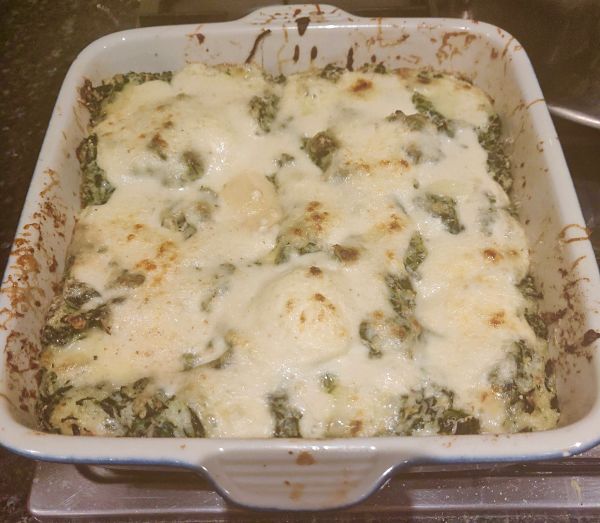



It took a leap of faith and my avid curiosity to try this cake: could a basic sweet batter and some grated courgettes make a good cake? No nuts, no sultanas, no spices…really? A resolute “yes!” is the answer.
This is a most unusual and excellent cake come dessert: delicate, plain and light, but not at all boring, with a delicious custardy quality. Burnished golden outside, yellow with specks of green inside, it is also pretty.
Scarpaccia means “nasty/old shoe” and no one really knows why such an uninspiring name; it is possibly something to do with the appearance of this dessert: a genuine scarpaccia should be a fairly thin and crusty affair – like an old, over-worn shoe. It is the contrast between the sugary and crusty exterior (due to a good drizzle of olive oil) and the custardy, vanilla scented interior that make this unposessing looking dessert sing.
It is a Tuscan speciality and you will not find anywhere else in Italy – Continue reading “Scarpaccia viareggina (sweet and custardy courgette cake from Viareggio, in Tuscany)”








